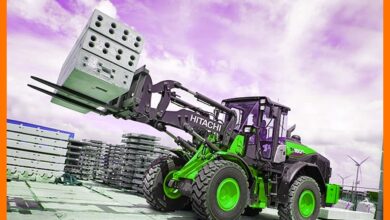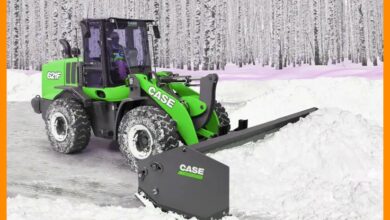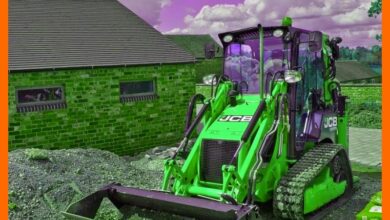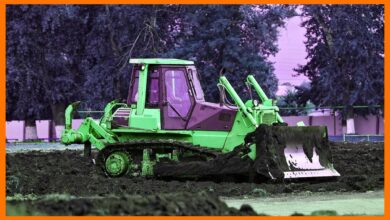The Mighty Heavy Lift Crane Pioneering the Future of Construction
The Mighty Heavy Lift Crane Pioneering the Future of Construction
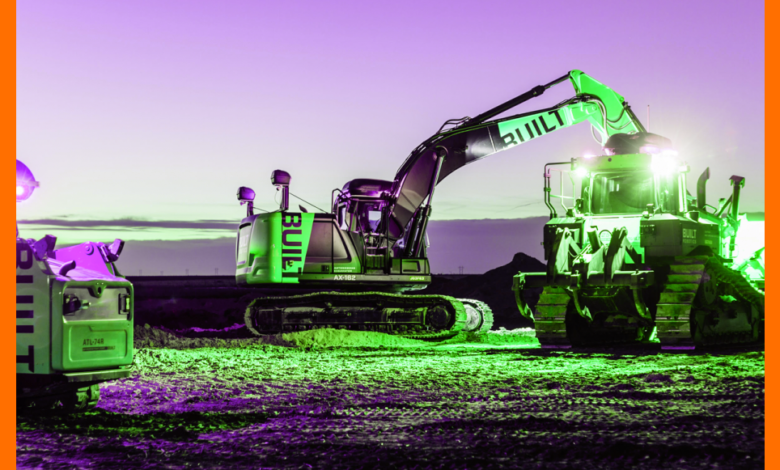
The Mighty Heavy Lift Crane Pioneering the Future of Construction
Heavy lift cranes, those colossal mechanical giants, have become the backbone of modern construction and industrial projects. From lifting massive steel beams to positioning offshore oil rigs, these cranes are engineered marvels that blend power, precision, and versatility.
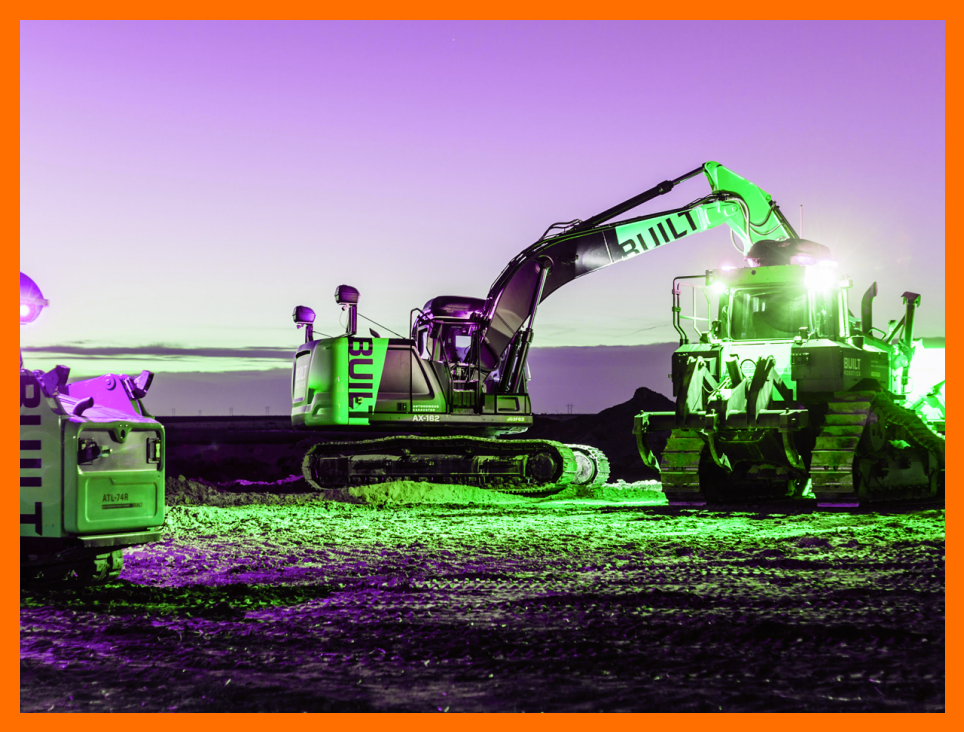
The Evolution of Heavy Lift Cranes
Heavy lift cranes have come a long way since their rudimentary beginnings. Ancient civilizations used simple cranes for lifting heavy objects, but it wasn’t until the Industrial Revolution that we saw significant advancements. Modern heavy lift cranes are feats of engineering, capable of lifting thousands of tons with pinpoint accuracy.
Key Milestones in Crane Development:
- Ancient Greece: The first known cranes were invented by the Greeks, powered by humans and animals.
- Middle Ages: Medieval cranes used treadwheels for lifting, crucial in the construction of cathedrals.
- 19th Century: Steam-powered cranes emerged, revolutionizing the construction industry.
- 20th Century: The advent of hydraulic systems and electric motors paved the way for today’s heavy lift cranes.
For more on the history of cranes, check out our comprehensive timeline.
Types of Heavy Lift Cranes
There are several types of heavy lift cranes, each designed for specific tasks and environments. Here are some of the most common ones:
- Mobile Cranes: Mounted on crawlers or wheels, these cranes are highly versatile and can move around job sites.
- Tower Cranes: Typically used in the construction of tall buildings, they offer excellent height and lifting capacity.
- Overhead Cranes: Common in factories, they move along overhead tracks to transport heavy materials across large spaces.
- Floating Cranes: Utilized in offshore construction, they are mounted on barges and can lift extremely heavy loads at sea.
Explore the different types of cranes to find the right one for your project.
Innovations Driving the Industry
The heavy lift crane industry is constantly evolving, with new technologies enhancing safety, efficiency, and capabilities. Here are some of the latest trends:
- Automation and Remote Operation: With advancements in AI and IoT, cranes can now be operated remotely, reducing the need for on-site personnel and increasing safety.
- Green Technology: Electric and hybrid cranes are becoming more prevalent, reducing the carbon footprint of construction projects.
- Advanced Materials: The use of high-strength, lightweight materials in crane construction increases load capacities and overall efficiency.
Want to dive deeper into the future of crane technology? Read our latest trends article.
Safety First: Best Practices
Operating heavy lift cranes is a complex task that requires stringent safety protocols. Here are some best practices to ensure safe operations:
- Regular Maintenance: Routine inspections and maintenance are crucial to prevent mechanical failures.
- Proper Training: Operators should be well-trained and certified, familiar with both the machinery and safety procedures.
- Site Assessment: Conducting a thorough site assessment to identify potential hazards can prevent accidents.
- Load Calculations: Accurate load calculations are essential to ensure the crane’s capacity is not exceeded.
For more detailed safety guidelines, visit our crane safety page.
Real-World Applications
Heavy lift cranes are used in a variety of industries beyond construction, such as:
- Shipbuilding: Assembling large ships and submarines.
- Energy Sector: Installing wind turbines and handling components of power plants.
- Transportation: Loading and unloading heavy cargo at ports.
Discover more fascinating applications of heavy lift cranes.
Heavy lift cranes are indispensable in our modern world, pushing the boundaries of what is possible in construction and industrial operations. Their continuous evolution promises even greater feats in the future, making it an exciting time for anyone involved in this field.

